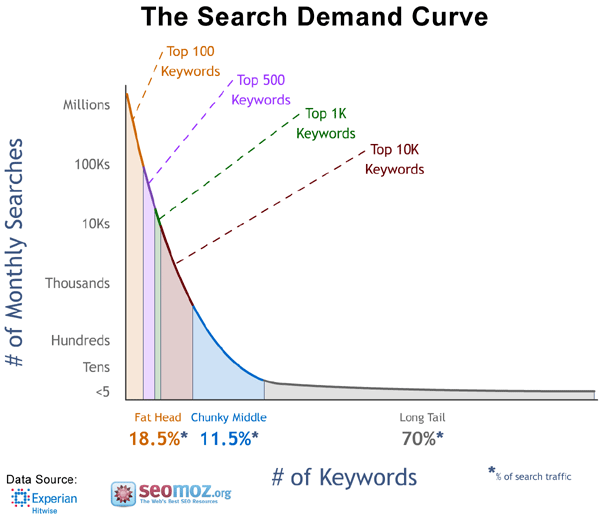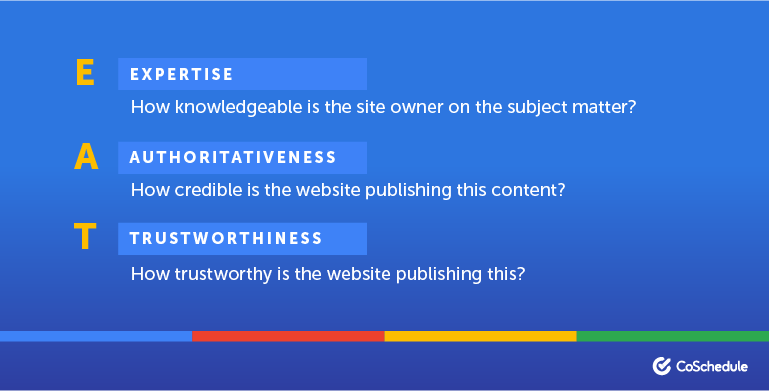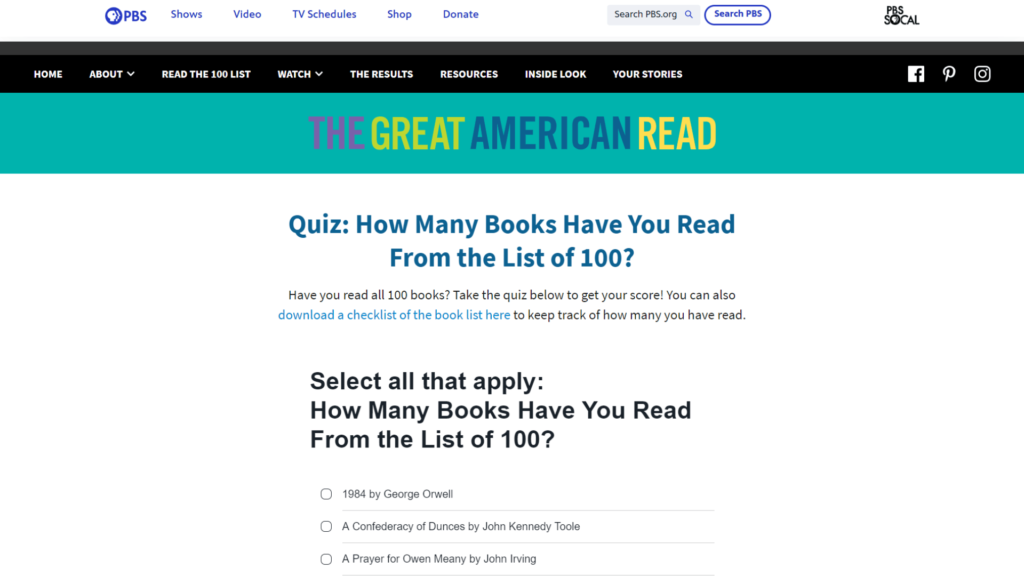How confident are you in your brand’s SEO and content—today, not last year?
Search behavior, devices, and formats evolve constantly. What resonated last year can fade fast if you don’t refresh your approach.
Do you want your website buried under competitors who publish fresher, more useful content that answers real questions better than you do?
Since your answer is almost certainly never, this is the moment to reassess how you plan, write, and maintain content. Clarify what will drive your strategy and learn exactly how to stay in front of the pack.
Read on for practical practices and SEO trends worth adopting now.
1. Optimizing Content for Voice Search
More people query by speaking, not typing—especially on phones and smart speakers.
When Google’s voice search feature arrived, it accelerated a shift toward natural, conversational queries that continues today.
Smart speakers are now common in households worldwide, and that ubiquity reinforces the habit of using voice assistants on phones, watches, and in cars.
Research firms have long projected billions of voice assistants in use globally. The takeaway for you is simple: people expect concise, clearly spoken answers.
How does this shape SEO? Optimizing for voice is no longer optional. Prioritize these actions:
- Target SERP features with answer-first writing. Many spoken answers are pulled from Featured Snippets and other SERP features. Lead sections with a direct, plain-language answer (about 30–50 words), then expand with supporting detail.
- Use natural-language, question-based phrasing. Include headings and subheadings that mirror how people speak (“How do I…”, “What is…”, “When should I…”). Favor long-tail and conversational keywords over awkward strings.
- Keep it simple and scannable. Aim for clarity a ninth-grader can understand. Short sentences, tight paragraphs, and bulleted steps make spoken results easier to parse and reduce confusion.
- Cover local intent where relevant. For “near me” or service queries, include hours, service area, and succinct directions. Keep your NAP details consistent and current.
2. Using More Long-Tail Keywords in More Targeted Content
Strategic blogging still drives leads, but the field is crowded. Thin, generic posts won’t compete with brands that publish targeted, high-intent content.
Long-tail keywords map closely to searcher intent and are typically less competitive. They’re also a natural fit for conversational and voice queries.

To capitalize, structure your content around topics and subtopics rather than one-off posts. Build clusters: a comprehensive hub page targeting a broader term, supported by focused articles that tackle specific long-tail questions.
Make long-tails obvious to readers and to search engines with intentional formatting: clear H2/H3s, bulleted FAQs, and step-by-step lists. Avoid stuffing; write naturally and answer the exact query on the page.
Formatting tips that still work: short paragraphs, descriptive subheads, bolding for key phrases, and prominent takeaways. These cues help readers find answers quickly—and help search engines understand structure.
Finally, align content to intent: informational (explain), navigational (direct), transactional (compare, recommend), and local (serve nearby). Matching intent increases engagement and conversions.
3. Meeting E-E-A-T Standards with Exceptional Niche Content
Great content is table stakes. What wins is credible, experience-backed content that demonstrates first-hand knowledge, author authority, and trust.
The spirit behind the “Medic” era still applies: establish and show real expertise. Your goal is to reduce doubt for both readers and algorithms.
Creators and brands must prove expertise, authoritativeness, and trustworthiness in visible, verifiable ways.

Given how much search relies on Google properties, treating credibility as a first-order strategy is non-negotiable. Here’s how to elevate your content:
How do you aim for top Google SERP rankings? Make sure you do the following:
- Show real-world experience and credentials. Add clear bylines, author bios with qualifications, and an “About” page. Summarize how you tested products, ran experiments, or implemented tactics. Include datelines and “last updated” notes for transparency.
- Run an information-rich, user-first site. In their Webmaster Guidelines, the emphasis is on original, people-centered pages. Cite reputable sources, avoid clickbait, and add unique insights readers can’t get elsewhere.
- Publish and maintain on a deliberate cadence. Quality beats volume. Update high-value pages, prune deadweight, and interlink related articles. A consistent review cycle preserves accuracy and prevents content decay.
- Strengthen trust signals. Ensure fast, secure pages (HTTPS), visible contact info, clear editorial standards, and straightforward policies. Reduce intrusive ads and improve accessibility.
Veteran marketers adapt quickly, and many competitors already excel here—raising the bar. To keep pace, you’ll need to work smarter and make credibility unmistakable.
More than a decade ago, Seth Godin noted that “content marketing is the only marketing left.” It still resonates—especially when that content is both useful and trustworthy.
4. Shining a Spotlight on SEO-Ready Imagery for Rich Content
Text alone rarely wins. Images should clarify, teach, or prove something—not just decorate the page.
Retire generic stock. Favor original screenshots, annotated step-throughs, side-by-side comparisons, charts, and simple explainers that directly support your points.
At the same time, avoid visuals that slow pages or distract from the main task. Design for speed and clarity.
To make images pull their weight, follow these guidelines:
- Create original imagery. Custom diagrams, annotated screenshots, and infographics get referenced and shared—especially when they distill complex steps or data.
- Use descriptive filenames and alt text. Describe what’s in the image and why it matters to the page. Be specific without stuffing unrelated keywords.
- Optimize performance. Compress aggressively, serve modern formats (like WebP/AVIF where supported), and lazy-load below-the-fold images to keep pages snappy and reduce bounce rates.
- Choose the right format. Use vector/SVG for simple illustrations and logos, PNG for transparency, and raster formats for photos and detailed screenshots.
Remember the core principle: images should deepen understanding and improve the experience.
5. Including Interactive Content
Beyond static images, interactive elements keep people engaged longer and help them self-serve.
According to Ion Interactive, marketers report strong differentiation and engagement from interactive formats. Buyers prefer experiences that help them evaluate faster.
What counts as interactive?
Anything that prompts action: assessments, quizzes, calculators, graders, product finders, and decision trees. You can also produce interactive versions of ebooks, infographics, lookbooks, and white papers.
Interactive doesn’t have to be complex. A simple quiz or calculator that gives tailored guidance can outperform an expensive video—especially if it loads fast and saves results.

PBS offers a good example by providing multiple ways to interact with the same dataset—quizzes, checklists, and sortable galleries—so visitors can engage in the format they prefer.
Less obvious but equally useful is offering tools to filter or sort information, like a “Read the 100 List” page that lets you browse by genre or alphabetically by title or author.
The lesson isn’t to be flashy; it’s to be helpful. Build interactive elements that answer questions faster or reduce decision friction.
Start with lightweight, high-value tools. Track usage, improve what resonates, and retire what doesn’t.
Wrapping up: Focusing on User Benefit in All 5 Content and SEO Trends
There’s a common thread across these trends: they simplify decisions for real people.
To recap, here are five practices to anchor your strategy in the year ahead:
- Optimize content for voice and conversational queries,
- Lean into long-tail keywords and topical clusters,
- Strengthen E-E-A-T with experience-backed, well-sourced content,
- Use SEO-ready, original imagery that clarifies and loads fast, and
- Incorporate interactive elements that help people decide.
Each tactic adds clarity and usefulness—which leads to more engagement, links, and conversions over time.
Center your expertise on what readers need. Rankings and brand lift tend to follow when your content delivers genuine value.
This is a great time to publish: the best content blends first-hand experience, clear explanations, and actionable steps. Measure success by how much you help your audience.
Approach content this way and you’ll see compounding returns—whether you’re a small team or a large enterprise.
It’s time to plan and ship content for people first—and let search reflect that.
